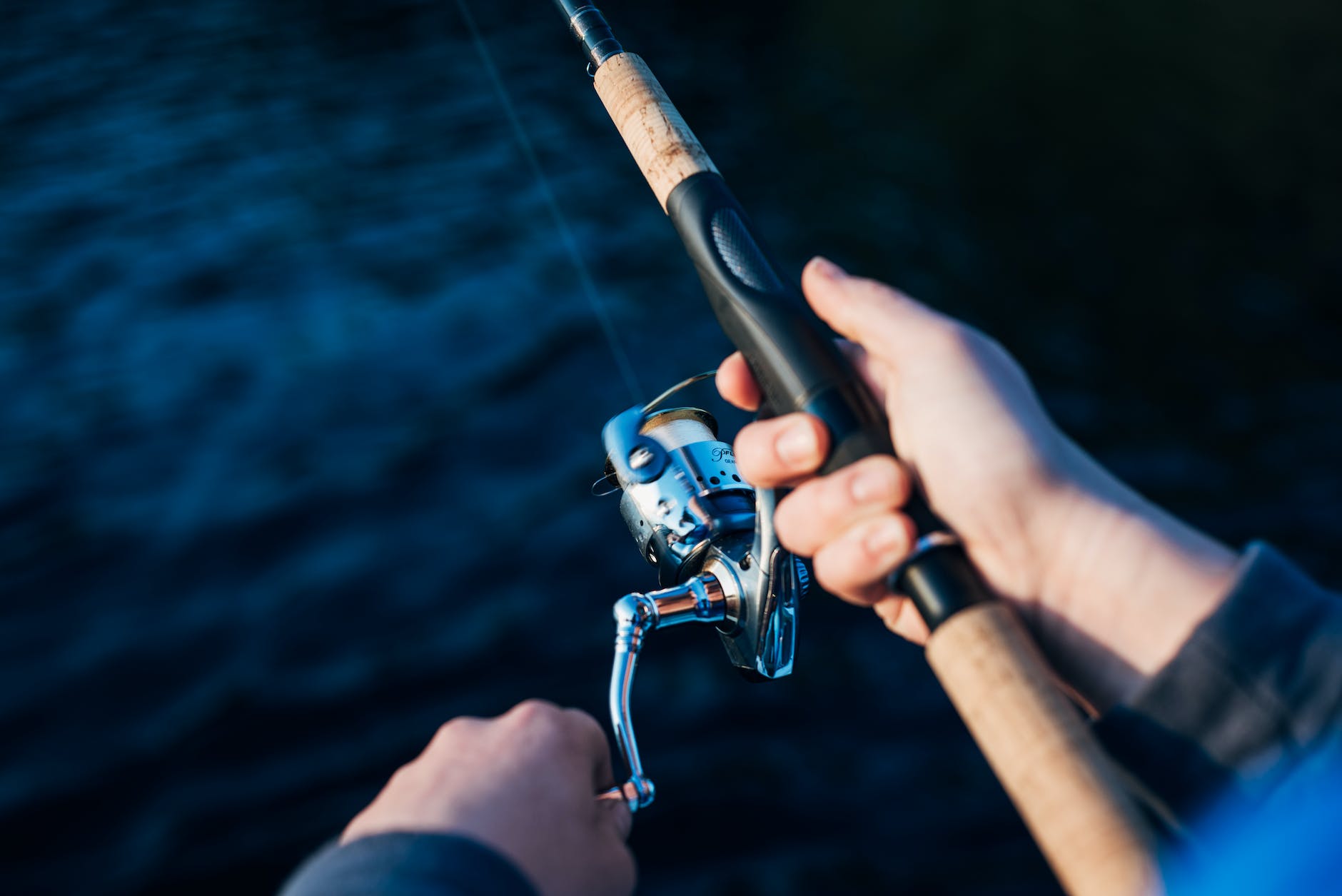
Fishing Reels
When it comes to embarking on a memorable fishing adventure, having the right gear at your disposal is paramount. Among the key components of your fishing arsenal, the fishing reel holds a special place. A well-chosen fishing reel can make the difference between a day of frustration and one of triumph. In this comprehensive guide, we’ll delve into the world of fishing reels, helping you make an informed decision on the perfect one to elevate your angling experience.
Understanding the Types of Fishing Reels
1: Spincast Reels
Spincast reels are often the first choice for beginners and those looking for ease of use. These reels feature a closed face, which protects the line from external elements. They are simple to operate and perfect for light to medium-duty fishing. Spincast reels are an excellent choice for those aiming to catch smaller fish without the hassle of complicated mechanisms.
2: Spinning Reels
Spinning reels are versatile and widely used by both novice and experienced anglers. They offer a good balance between ease of use and performance. Spinning reels are ideal for a wide range of fishing applications, including freshwater and saltwater fishing. They are known for their flexibility, making them a go-to choice for many anglers.
3: Baitcasting Reels
Baitcasting reels are the preferred choice for experienced anglers seeking precision and control. These reels provide greater accuracy when casting, which is essential when targeting specific fish species. However, they require more skill to operate effectively. If you are an experienced angler looking for pinpoint accuracy, a baitcasting reel might be your best bet.
4: Fly Fishing Reels
Fly fishing reels are unique and designed specifically for fly fishing. They are lightweight and simple in design, serving the purpose of holding the fly line. When considering a fly fishing reel, focus on balance and quality to ensure it complements your fly fishing rod and style.
What to Look for When Choosing a Fishing Reel
Selecting the right fishing reel is not a one-size-fits-all process. Several factors should influence your decision:
1: Fishing Environment
Consider where you’ll be fishing. Is it in freshwater or saltwater? Different environments may require reels with specific materials and features to withstand the conditions.
2: Targeted Fish Species
The type and size of fish you intend to catch play a crucial role in your reel selection. Different fish require different line capacities and drag systems.
3: Reel Material and Durability
Look for reels made of high-quality materials that can endure the rigors of fishing. Aluminum, graphite, and carbon fiber are popular choices known for their durability.
4: Gear Ratio
The gear ratio determines the speed at which the line is retrieved. A higher gear ratio is suitable for fast retrieval, while a lower ratio provides more power.
5: Drag System
The drag system controls the amount of resistance when the fish pulls the line. A smooth and adjustable drag system is essential for a successful catch.
Top Fishing Reel Brands
When it comes to quality fishing reels, a few brands consistently stand out:
1: Shimano
Shimano is renowned for its precision engineering and innovation. Their reels are popular among both beginners and professional anglers.
2: Daiwa
Daiwa offers a wide range of reels catering to various fishing styles. Their products are known for their durability and reliability.
3: Penn
Penn specializes in saltwater fishing reels. They are built to withstand the harsh conditions of the ocean and are favored by offshore anglers.
Maintaining Your Fishing Reel
To ensure your fishing reel remains in top condition and serves you well for years to come, follow these maintenance tips:
Regular Cleaning: After every fishing trip, clean your reel with freshwater to remove salt, sand, and dirt.
Oil and Lubrication: Apply the appropriate reel oil and lubrication to keep moving parts running smoothly.
Line Inspection: Regularly check your fishing line for signs of wear and replace it as needed.
Storage: Store your reel in a cool, dry place away from direct sunlight and extreme temperatures.
By following these maintenance guidelines, you’ll extend the lifespan of your fishing reel and ensure it performs optimally.
Additional Features to Consider
1: Ball Bearings
The number and quality of ball bearings in a fishing reel affect its smoothness and performance. More ball bearings generally translate to a smoother retrieve. Look for reels with high-quality stainless steel or ceramic ball bearings.
2: Anti-Reverse Handle
An anti-reverse handle prevents the handle from turning backward, ensuring a solid hook set when a fish bites. This feature is particularly valuable in preventing handle slippage.
3: Line Capacity
The line capacity of your reel is crucial, especially if you plan to target larger fish species. Make sure your chosen reel has sufficient line capacity to handle the fish you’re pursuing.
4: Weight and Balance
The weight and balance of your fishing reel should complement your fishing rod. An imbalanced setup can lead to discomfort and reduced casting accuracy.
5: Price Range
Fishing reels come in various price ranges, from budget-friendly to high-end options. While it’s tempting to opt for the most expensive model, there are excellent reels available at every price point. Set a budget and explore options within that range.
Matching Your Reel to Your Rod
Your fishing reel should complement your fishing rod. The two must be in sync to optimize your angling experience. Consider the following when matching your reel to your rod:
Rod Power and Action: Match the power and action of your rod with the type of fishing you plan to do. For instance, a medium-heavy rod pairs well with a baitcasting reel for bass fishing.
Line Weight: Ensure that the line weight capacity of your reel is suitable for the fishing line you intend to use. A mismatch can lead to issues with casting and control.
Understanding Drag Systems
The drag system in a fishing reel is responsible for applying pressure on the hooked fish to prevent it from breaking the line. There are two primary types of drag systems:
Front Drag: Found on the front of the reel, this drag system is easy to access and adjust while fighting a fish. It’s popular for spinning reels.
Rear Drag: Located at the rear of the reel, this drag system is convenient for quick adjustments but might not provide the same level of precision as a front drag system.
The drag system should be smooth and consistent to prevent sudden line breakages during a fight with a fish.
Maintenance and Care Tips
In addition to the previously mentioned maintenance tips, here are some more insights to ensure your fishing reel remains in top shape:
Handle and Bail Maintenance: Regularly inspect the handle and bail mechanism for any signs of wear or damage. Lubricate these parts as needed to maintain their functionality.
Reel Seat and Mounting: Ensure that the reel seat on your fishing rod is secure and correctly aligned with the reel. A loose or misaligned reel can lead to casting and retrieval issues.
Annual Servicing: Consider sending your fishing reel for professional servicing once a year, especially if you use it frequently. This can help identify and address any hidden issues.
Conclusion
Your choice of a fishing reel is a critical decision that can significantly impact your fishing experience. By considering the type of fishing you’ll be doing, the target species, and the features that matter most to you, you can make an informed decision. Proper maintenance and care will ensure your fishing reel remains a reliable companion on your angling adventures. Happy fishing!






